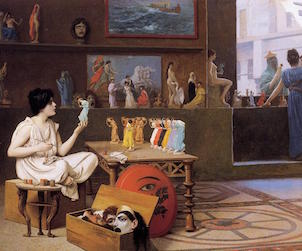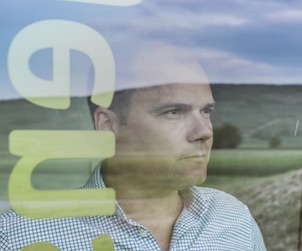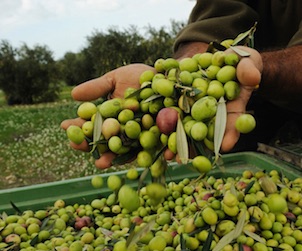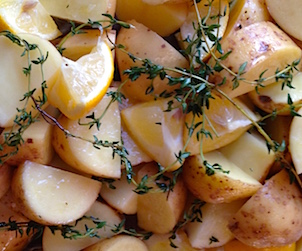Wine and Art is an ongoing GFR series on the relationship between the two creative endeavours by working artist and author Lorette C. Luzajic. 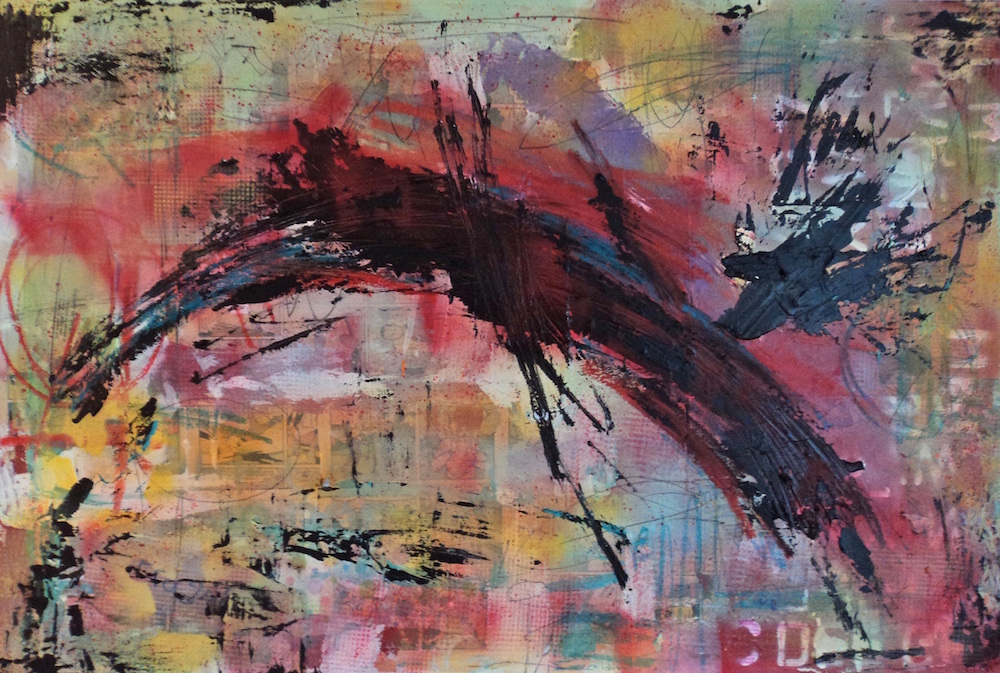 Carmenere – it’s the most beautiful word for red I know. It’s sensual, rolling somehow both airy and substantial from the tongue. It’s even more seductive in the glass- robust, curvy, and warm. Carmenere is named for the fire of the vine’s foliage, but the intense crimson of the liquid is even important to those who cherish this wine. For us, the romance runs deep. The Carmenere story is a passionate affair and a rollicking adventure, complete with ancient Roman ancestors, Celtic tribes, near extinction from blight, and more than one case of mistaken identity- a veritable masquerade ball. The intrigue of this delicious sweet and smoky number is how she disappeared from the dance entirely, only to be found living alive and well in South America. After said blight in Bordeaux, where those Celts planted grapes more than fifteen hundred years ago, the love story was believed finit. But Carmen turned up in the temperate fields of Chile, inadvertently imported to the new world along with salvation. Only thing is, no one knew until recently that it was her. For years, they were perplexed by the mutant Merlot in their midst. Turned out, it was Carmenere, looking for her glass slipper. “The vine that looked and behaved so differently than Merlot was, in fact, a rare Bordeaux variety called Carmenère,” explains famed wine writer Tony Aspler.
“In 1998, Chile’s Department of Agriculture officially sanctioned Carmenere as a grape variety in its own right – one that would become the country’s signature wine.”
Carmenere – it’s the most beautiful word for red I know. It’s sensual, rolling somehow both airy and substantial from the tongue. It’s even more seductive in the glass- robust, curvy, and warm. Carmenere is named for the fire of the vine’s foliage, but the intense crimson of the liquid is even important to those who cherish this wine. For us, the romance runs deep. The Carmenere story is a passionate affair and a rollicking adventure, complete with ancient Roman ancestors, Celtic tribes, near extinction from blight, and more than one case of mistaken identity- a veritable masquerade ball. The intrigue of this delicious sweet and smoky number is how she disappeared from the dance entirely, only to be found living alive and well in South America. After said blight in Bordeaux, where those Celts planted grapes more than fifteen hundred years ago, the love story was believed finit. But Carmen turned up in the temperate fields of Chile, inadvertently imported to the new world along with salvation. Only thing is, no one knew until recently that it was her. For years, they were perplexed by the mutant Merlot in their midst. Turned out, it was Carmenere, looking for her glass slipper. “The vine that looked and behaved so differently than Merlot was, in fact, a rare Bordeaux variety called Carmenère,” explains famed wine writer Tony Aspler.
“In 1998, Chile’s Department of Agriculture officially sanctioned Carmenere as a grape variety in its own right – one that would become the country’s signature wine.” 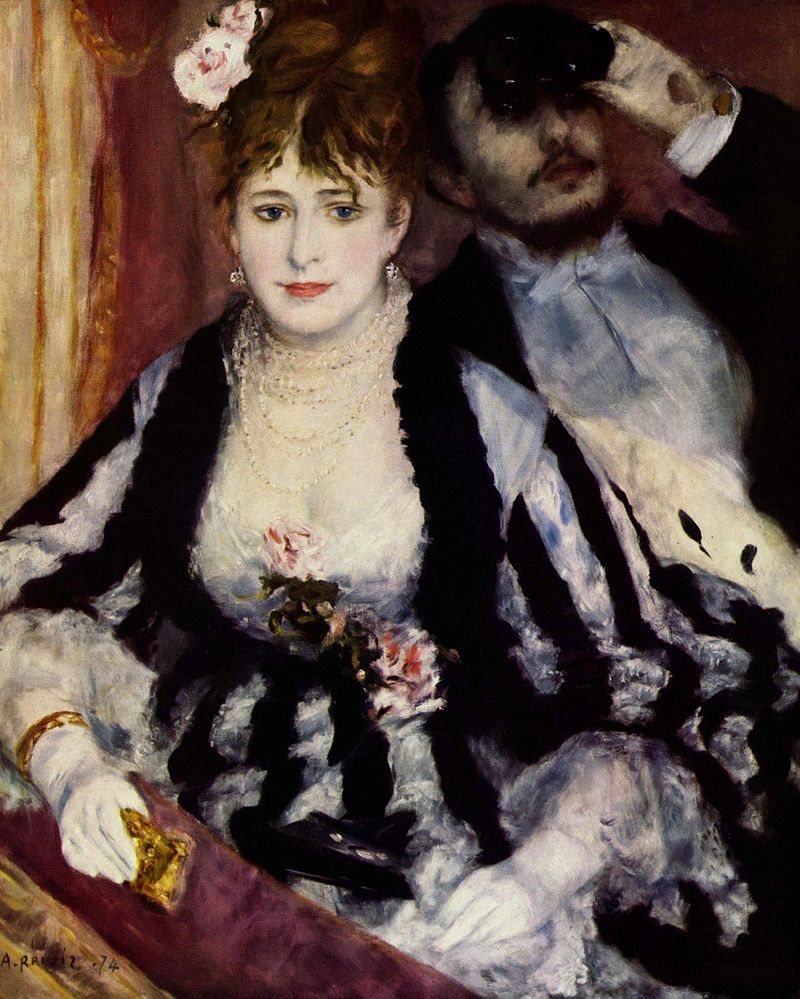 Maybe I’m just a sucker for the poetry of lost and found, but Carmenere is my favourite grape. For me, wine really is a love affair, so the poetry and history of it is as vital as the flavour or the pulse of entheos that I pursue when I sip her. The customary pairing of wine and art has always worked because they are twin passions is so many ways. We are lovestruck by art, too, for what it does for the senses. Yet it’s much more than the senses. Like wine, art ignites our imagination. The myths and history of the art and the artists connect us intimately to creative works of music, painting, books. The philosophical and spiritual writer Thomas Moore, who wrote Care of the Soul, says that a gallery, “is truly a temple in which the mysteries that I have to deal with every day are presented for my reflections and deep education.” He points out the etymology of “museum”- “the workplace of the Muses, those inspiring figures…that sing the eternal themes.” Art connects us to the past and to the rest of humanity. There are personal meanings and responses and memories, but there are also archetypes, the universal and immortal stories. The range of emotions and experiences with wine and with art forges intense bonds. For people who are passionate about either, the connection feels magical or sacred. We are altered by wine or by art. They change us. In the case of wine, we are literally altered. One main allure of the stuff is the joy of intoxication. Sharing love and laughter with our families and lovers is life itself. Meaningful rituals of celebration, from weddings to the Eucharist, are empty without wine. The decrease of our inhibition is a chink in our armour that naturally coaxes us into putting aside obstacles and pretensions, sharing our hopes, our foolishnesses, our most sacred secrets. Wine helps us reveal more about ourselves to others and have a respite from some of the petty anxieties and insecurities that plague us. It’s not all fun and games, of course. Wine is also there for funerals. It can act as a refuge, and an escape, and not always a safe one. It’s a lifeline when in darkness, and sometimes a one-way ticket there. For all these reasons, art, too, is essential to humanity. Its flights of imagination show us what heights we are capable of. Its variety shows that there are many perspectives and other ways of seeing. It can help us process dark nights of the soul, rage, confusion, grief. We live vicariously through art. We relate to it through emotions as varied as reverence and repulsion.
Maybe I’m just a sucker for the poetry of lost and found, but Carmenere is my favourite grape. For me, wine really is a love affair, so the poetry and history of it is as vital as the flavour or the pulse of entheos that I pursue when I sip her. The customary pairing of wine and art has always worked because they are twin passions is so many ways. We are lovestruck by art, too, for what it does for the senses. Yet it’s much more than the senses. Like wine, art ignites our imagination. The myths and history of the art and the artists connect us intimately to creative works of music, painting, books. The philosophical and spiritual writer Thomas Moore, who wrote Care of the Soul, says that a gallery, “is truly a temple in which the mysteries that I have to deal with every day are presented for my reflections and deep education.” He points out the etymology of “museum”- “the workplace of the Muses, those inspiring figures…that sing the eternal themes.” Art connects us to the past and to the rest of humanity. There are personal meanings and responses and memories, but there are also archetypes, the universal and immortal stories. The range of emotions and experiences with wine and with art forges intense bonds. For people who are passionate about either, the connection feels magical or sacred. We are altered by wine or by art. They change us. In the case of wine, we are literally altered. One main allure of the stuff is the joy of intoxication. Sharing love and laughter with our families and lovers is life itself. Meaningful rituals of celebration, from weddings to the Eucharist, are empty without wine. The decrease of our inhibition is a chink in our armour that naturally coaxes us into putting aside obstacles and pretensions, sharing our hopes, our foolishnesses, our most sacred secrets. Wine helps us reveal more about ourselves to others and have a respite from some of the petty anxieties and insecurities that plague us. It’s not all fun and games, of course. Wine is also there for funerals. It can act as a refuge, and an escape, and not always a safe one. It’s a lifeline when in darkness, and sometimes a one-way ticket there. For all these reasons, art, too, is essential to humanity. Its flights of imagination show us what heights we are capable of. Its variety shows that there are many perspectives and other ways of seeing. It can help us process dark nights of the soul, rage, confusion, grief. We live vicariously through art. We relate to it through emotions as varied as reverence and repulsion. 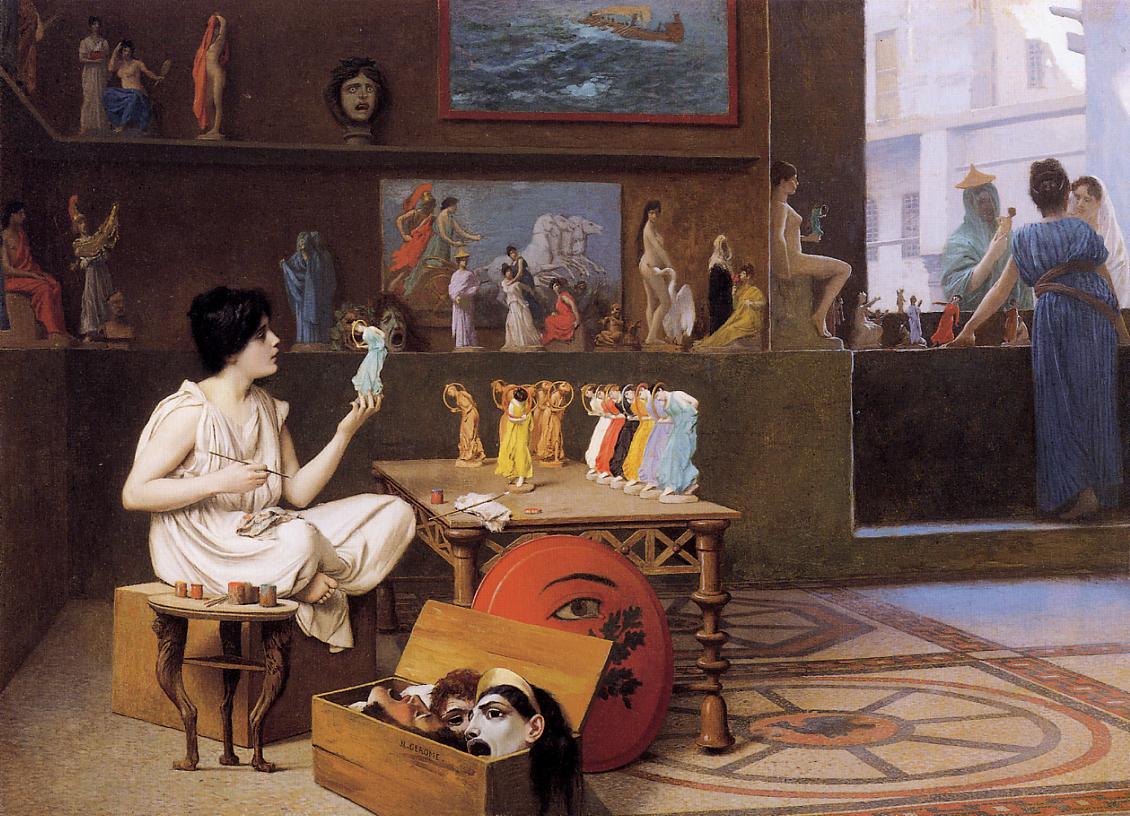 Our personal arsenals of songs and pictures are built from meaningful emotional associations and our own unique experiential narrative. Everyone has pieces of music that summon ghosts like young love, a love lost, a love found. Many of us believe that visual iconography, religious music, and literature is divinely inspired. Through them we are connected deeply to our faith, aided in our efforts to express the ineffable. And the paintings we love and hate the most tell a story about our inner worlds. Our relationships with both wine and art are passionate and intense because there are so many layers there. We become interwoven because of all the emotions and experiences evoked or shared with them. We are enriched by all that we learn and by what we share with others, and we become more and more passionate. We fall in love and spend a lifetime going deeper.
Our personal arsenals of songs and pictures are built from meaningful emotional associations and our own unique experiential narrative. Everyone has pieces of music that summon ghosts like young love, a love lost, a love found. Many of us believe that visual iconography, religious music, and literature is divinely inspired. Through them we are connected deeply to our faith, aided in our efforts to express the ineffable. And the paintings we love and hate the most tell a story about our inner worlds. Our relationships with both wine and art are passionate and intense because there are so many layers there. We become interwoven because of all the emotions and experiences evoked or shared with them. We are enriched by all that we learn and by what we share with others, and we become more and more passionate. We fall in love and spend a lifetime going deeper.  Lorette C. Luzajic is an artist and writer with roots in southern Ontario’s wine country soil. Native to Niagara, at home in Toronto, her work is inspired by wine, cheese, and bleak post-apocalyptic literature. Visit her at mixedupmedia.ca. Photo: Ralph Martin.
Lorette C. Luzajic is an artist and writer with roots in southern Ontario’s wine country soil. Native to Niagara, at home in Toronto, her work is inspired by wine, cheese, and bleak post-apocalyptic literature. Visit her at mixedupmedia.ca. Photo: Ralph Martin.
Valentines Art and Wine
